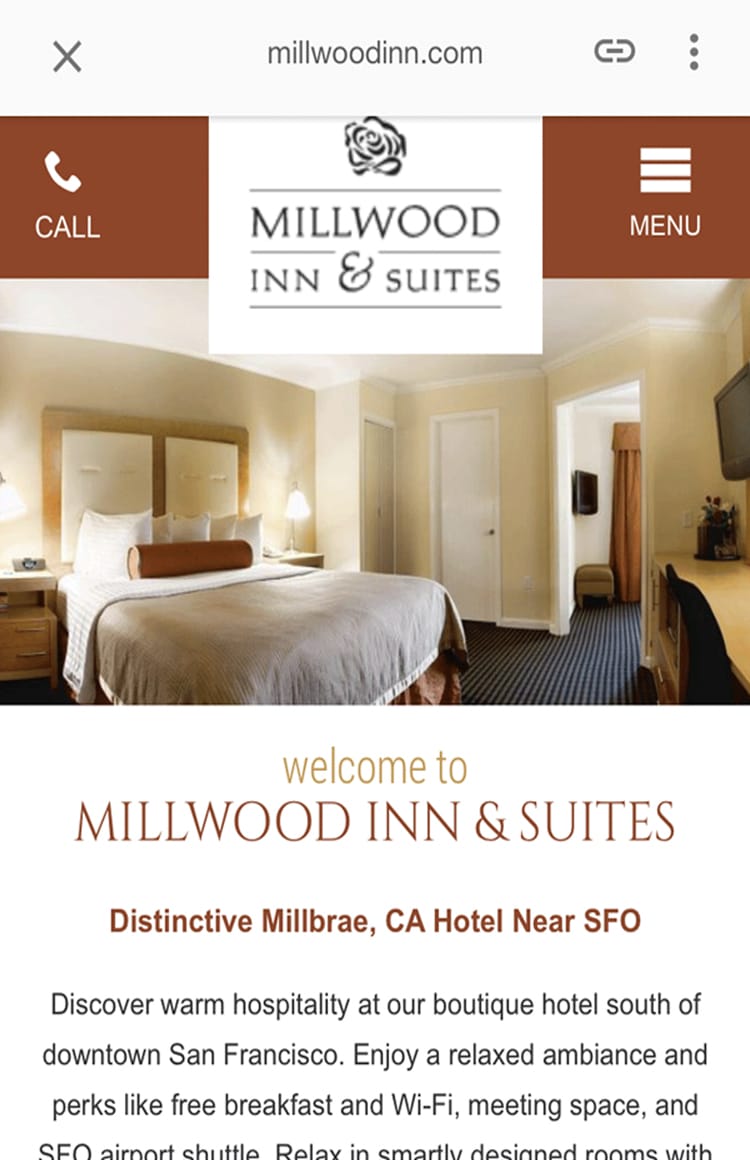JANUARY 24, 2017
Hearst integrates key partner and product solutions on AMP

Hearst is one of the world’s largest media and information companies with household name brands including Elle, Cosmopolitan, Esquire, and more. With 70% of global traffic on mobile devices, Hearst recognizes the need to deliver fast and compelling user experiences across all screens. “We saw AMP as a perfect way to make mobile experiences as enjoyable as possible for users with fast-loading content and rich features,” said Phil Wiser, Chief Technology Officer.
However, Hearst knew that they could not deliver a fast user experience at the expense of their business model. Before making the move to implement AMP, they needed to ensure that their ability to monetize, optimize, and track performance of their revenue streams would not be sacrificed.
Approach
With more than 70 ad tech providers, 28 analytics providers, and 13 different video players now supporting AMP, the AMP Project's ecosystem enabled Hearst to provide their users with a quality mobile web experience while maintaining their technology partnerships across all of their AMP pages. “The fast-growing AMP ecosystem supported all the key advertising and analytics requirements to run our business,” said Wiser. “Since most of our vendors - companies like Adobe, Chartbeat, Moat, AdX, Outbrain, and Taboola support AMP, it was easy for us to implement. AMP met Hearst’s business needs by enabling us to integrate our partner and product solutions,” said Wiser.
The fast-growing AMP ecosystem supported all the key advertising and analytics requirements to run our business
Phil Wiser, Chief Technology Officer.
With full vendor support available, the Hearst engineering teams found it easy to launch and scale AMP within a few weeks. They first built an HTML template to support their content. Once the groundwork was laid, all of their 70+ sites could take that template codebase and adjust the styling, ads and analytics configurations with almost no incremental development work between properties.
The Hearst team recommends this process as a best practice -- start with an AMP article template that covers a majority of published pages and iterate from there. The AMP framework provides a large degree of flexibility that enables publishers like Hearst to customize their AMP pages to reflect all of their brands’ unique look and feel.
Results
Hearst has published over 1 million AMP pages across Hearst Magazines, Hearst Newspapers, and Hearst Television. Across all properties they have seen strong results -- 29% better ad viewability in AMP compared to non-AMP pages with a 45% increase in ad CTR.
Results are more pronounced when looking at AMP’s impact in individual business units. Hearst Newspapers has seen 237% higher ad CTR on AMP pages and achieved an 83% reduction in total page load time. Chron.com has experienced higher engagement after AMP implementation, with 2x as many return visitors on AMP as on mobile.
In Hearst Magazines, AMP pages now account for 10% of total unique pageviews on Elle.com. In a page speed test, Elle found that the average page load time on an AMP article was 12 seconds faster than the average page load time of its mobile counterpart.
Total unique pageviews grew by 25% since implementation of AMP across Hearst Television. They have measured an 89% improvement in page speed load times on their articles.
Looking ahead, the Hearst team would like to work with the open source AMP Project to develop support for more content types like quizzes, ratings, 360 video, and shop modules. “We’re constantly looking for creative new ways to engage our audiences with unique, compelling content and bringing those experiences to the AMP platform is a key part of our product roadmap on mobile,” said Wiser.